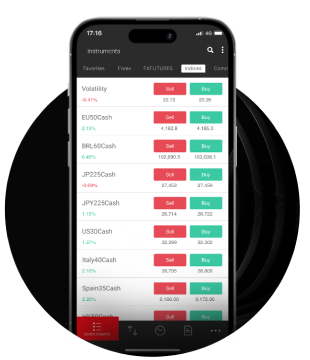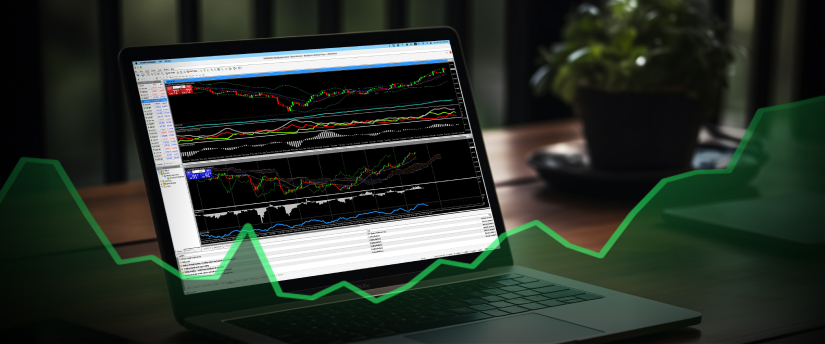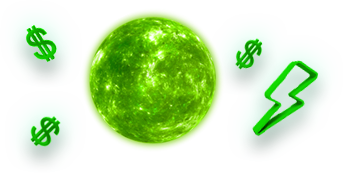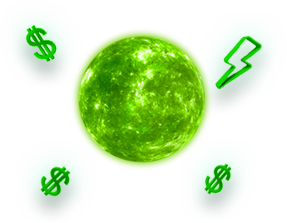A Moving Average (MA) is probably one of the most used indicators of technical analysis. A moving average is a method of smoothing the price fluctuations with the purpose of finding what is simply noise and what may be the actual trend direction of the market. The “moving average” is basically the average of the close of a currency pair for the past ‘X’ period.
You can visualise it as the wavelike MA line, which is plotted on a technical chart over the price and Japanese candlesticks. This class of technical indicator is called a chart overlay, and the MA is seen as a separate line above the price chart.overlay,
Forecasting future prices
Every technical indicator, like a MA, is used to help us forecast future prices. The reason why traders chose to apply the MA instead of simply looking at a price is due to the fact that trends do not move in straight lines. Price moves in different directions. A moving average will remove random price movements and allow you to detect the underlying trend behind them.
Determining trend direction
By analysing the slope of the moving average, you can easily find out the trend. As we mentioned, MAs eliminate irregularities around the spot price. Different types of moving averages also have different levels of “smoothness”.
As a rule, the more smoothed-out the moving average, the less reactive it will be to the fluctuation of prices. On the other hand, the choppier it is, the faster it will adapt to a price change. By getting the average closing prices over a longer time period, you may get a smoother moving average.
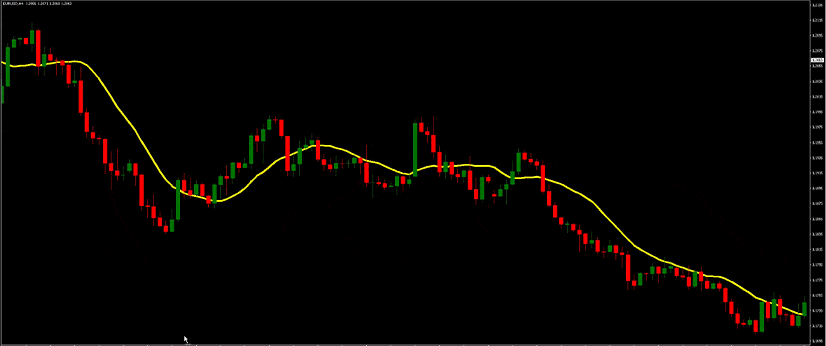
Selecting the “Length” of a Moving Average
The “length,” or the number of reporting periods including the moving average calculation, affects how the moving average is displayed on a price chart calculation. The shorter its “length,” the fewer data points are included in the moving average calculation, which means the closer the moving average stays to the current price. This reduces its usefulness and may offer less insight into the overall trend than the current price itself.
The longer its length, the more data points are included in the moving average calculation, which means the less any single price can affect the overall average. If there are too many data points, price fluctuations may become “too smooth” that you won’t be able to detect any kind of trend!
Either situation can make it difficult to recognize if price direction may change in the near future. For this reason, it’s important to select the length (or periods) that provide the level of price detail appropriate for your trading timeframe.
There are two major types of Moving Averages
There are simple and exponential moving averages. The key differences between simple moving averages (SMA) and exponential moving averages (EMA) lie in their calculation methods and their responsiveness to recent price movements:
Simple Moving Average (SMA):
By summing up a set number of closing prices over a specific period and then dividing the sum by the number of periods, you can determine the SMA. Due to its equal-weighted calculation method, it responds slower to recent price changes. Compared to exponential moving averages, it is less responsive to short-term price fluctuations. Despite the fact that it may miss current price movements, it offers a smoother trend indication.
Exponential Moving Average (EMA):
The EMA gives more weight to recent prices, and the most recent prices have more impact on the average since each data point in the calculation is weighted exponentially. In comparison to SMAs, EMAs are more responsive to recent price changes and adapt to new market conditions, making them more ideal for short-term trading strategies. While they may create more noise due to their responsiveness to short-term movements, they provide a more accurate representation of current price trends.
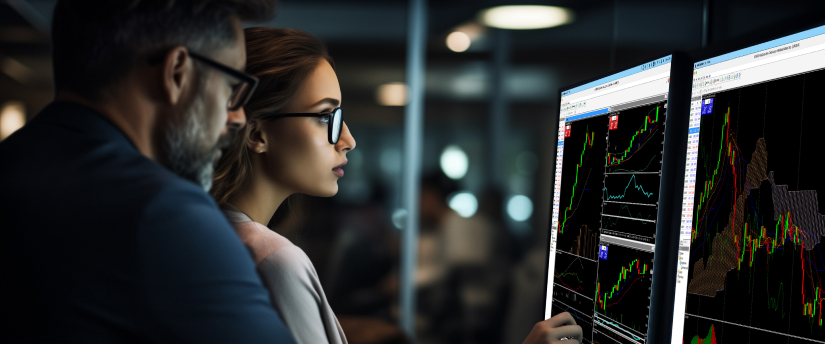
How to use the moving average to determine the trend
- MAs help define trends by plotting one moving average on the chart.
- The price movement above the moving average suggests an uptrend, while the price movement below shows a downtrend.
- If a single MA is used, it may be too simplistic and can produce fake market reactions, especially when the news is released.
- In order to solve this, traders apply different moving averages to their charts to have the trend signal in focus.
- In an uptrend, the faster-moving average will be above the slower-moving average, and the reverse will be the case for a downward trend.
- The use of moving averages and trendlines can be of great help for both long and short positions.
- Traders can use as many MAs as they want, always keeping the correct order to determine the trend and its direction.
How to enter a trade by using a MA
- Moving averages smooth out price data and highlight trend direction as well as trend changes.
- Trend traders seek to ride trends as long as possible and know when to enter and exit trades.
- Trends differ on their length, and it is difficult to forecast how long they will last.
- A moving average crossover comprising two different MA lines being intersected indicates possible entry and exit points.
- Crossovers do not copy precise peaks and troughs but show more or less the general picture.
- MA crossovers address three questions: trend direction, entry point, and possibilities of reversals.
- Traders can apply the moving average crossover to enter trades at the most optimal moment and thus increase their profits.
- It is crucial to have a trading plan which incorporates stop-loss and take-profit levels to manage risk.
- The crossover method may not be profitable enough in highly volatile markets since it would generate a large number of false signals and stop-outs.
- A moving average crossover can be an indicator of emerging trends or a possible trend reversal, with both entry and exit points clearly identified. It is advisable to confirm with chart patterns or support and resistance breakouts.
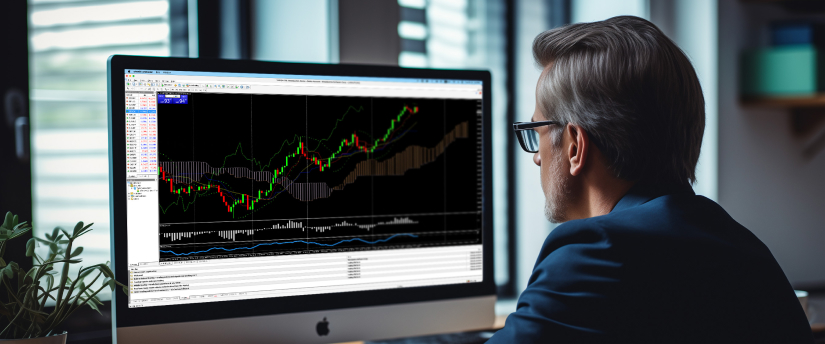
Moving Averages as Dynamic Support and Resistance Levels
- Moving averages can act as dynamic support and resistance levels, adaptable to recent price changes.
- MAs are also major support or resistance areas for traders, buying when prices drop to test them and selling when prices rise to reach them.
- Price may not always be a good indicator, as it may exceed the moving average before moving back to the trend.
- Some traders use two moving averages to create a zone between them where they only buy or sell if the price is within that “zone.”
Moving Average Envelopes
- Moving Average Envelopes (MAE) is a moving average with two additional lines located above and under it that form upper and lower envelopes.
- They confirm the trend and detect overbought and oversold levels.
- Calculation involves deciding whether SMA or EMA is preferred, determining time periods, and setting a percentage of the envelope’s value.
- The trend direction is confirmed by observing the movement of envelopes: uptrend for upward, downtrend for downward, and neutral for sideways.
- The sell signals happen when prices close below the lower envelope, while the buy signals occur when prices close above the upper envelope.
- Overbought and oversold states are reached when prices surpass their envelopes but then reverse, particularly when the slope of moving averages transforms into the horizontal line.
- It is advised to have confirmation of overbought and oversold levels with support and resistance levels. If you found the above information useful, head over to our website to browse more informative articles on our blog or expert analysis and research from our in-house team of analysts.
Avertissement :
Ces informations ne doivent pas être considérées comme un conseil ou une recommandation d'investissement, mais uniquement comme une communication marketing
